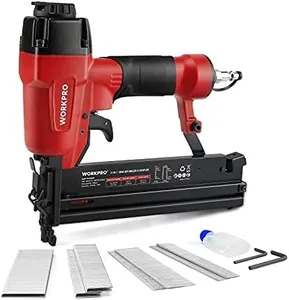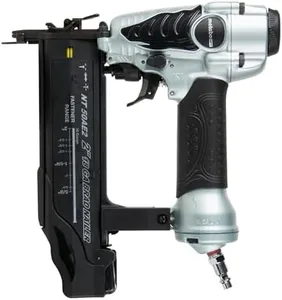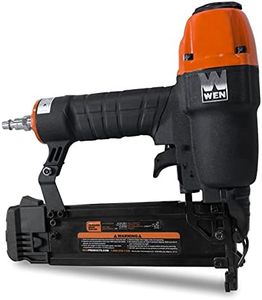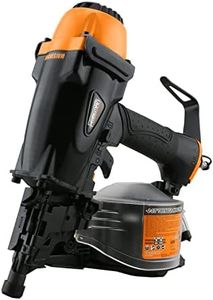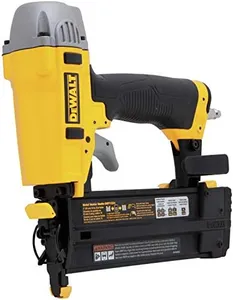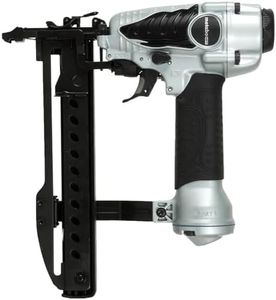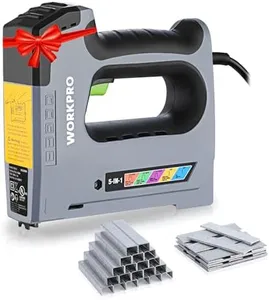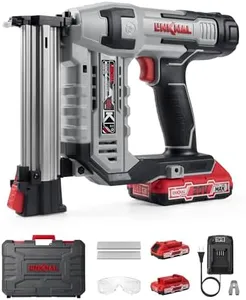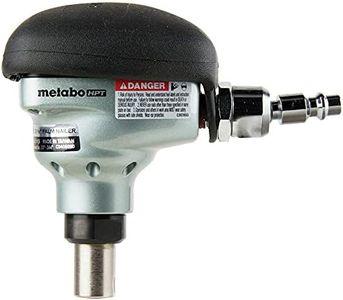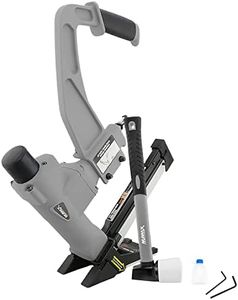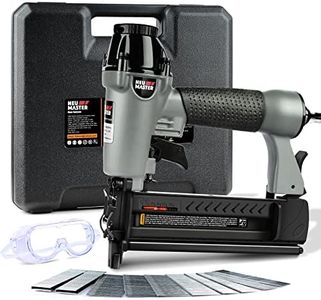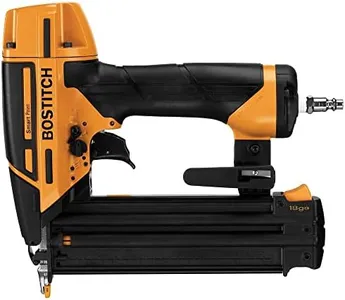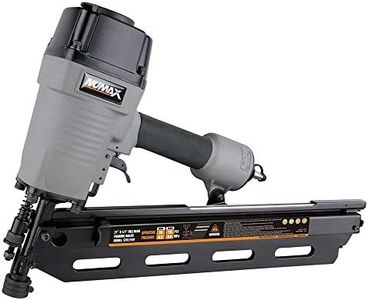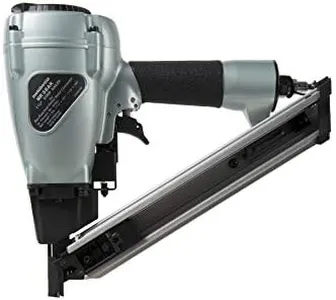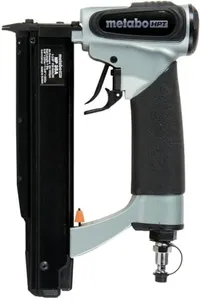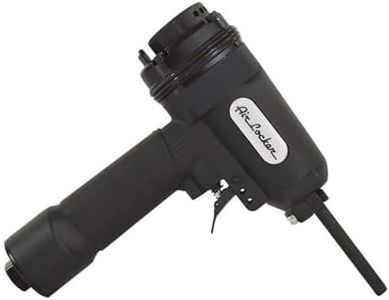We Use CookiesWe use cookies to enhance the security, performance,
functionality and for analytical and promotional activities. By continuing to browse this site you
are agreeing to our privacy policy
10 Best Pneumatic Nailers 2025 in the United States
How do we rank products for you?
Our technology thoroughly searches through the online shopping world, reviewing hundreds of sites. We then process and analyze this information, updating in real-time to bring you the latest top-rated products. This way, you always get the best and most current options available.

Buying Guide for the Best Pneumatic Nailers
Pneumatic nailers, also known as air nailers, are powerful tools used for driving nails into wood or other materials. They are commonly used in construction, woodworking, and home improvement projects. Choosing the right pneumatic nailer involves understanding the different types available and the key specifications that determine their performance and suitability for your needs. Here are the key specs to consider when selecting a pneumatic nailer.Type of NailerPneumatic nailers come in various types, including framing nailers, finish nailers, brad nailers, and roofing nailers. The type of nailer you need depends on the specific tasks you plan to perform. Framing nailers are ideal for heavy-duty construction work, finish nailers are used for trim and molding, brad nailers are perfect for delicate woodworking projects, and roofing nailers are designed for installing shingles. Choose the type that matches your project requirements.
Nail Size CompatibilityNail size compatibility refers to the range of nail lengths and gauges that the nailer can handle. This is important because using the wrong size nails can damage your materials or the tool itself. Nailers are typically designed to work with specific nail sizes, so check the manufacturer's specifications to ensure compatibility with the nails you plan to use. For general carpentry, a framing nailer that handles 2 to 3.5-inch nails is common, while a finish nailer might use 1 to 2.5-inch nails.
Magazine CapacityThe magazine capacity indicates how many nails the nailer can hold at one time. A larger magazine capacity means fewer reloads, which can save time and increase efficiency, especially on large projects. Magazine capacities can range from around 50 to over 100 nails. If you are working on a big project, a higher capacity might be more convenient, while for smaller tasks, a lower capacity could be sufficient.
Operating PressureOperating pressure is the amount of air pressure required for the nailer to function properly, usually measured in pounds per square inch (PSI). Most pneumatic nailers operate within a range of 70 to 120 PSI. It's important to ensure that your air compressor can provide the necessary pressure for the nailer. Higher pressure can drive nails more forcefully, which is useful for tougher materials, while lower pressure is suitable for more delicate work.
Weight and ErgonomicsThe weight and ergonomics of a pneumatic nailer affect how comfortable it is to use, especially for extended periods. Lighter nailers are easier to handle and reduce fatigue, but they may not be as durable as heavier models. Ergonomic features such as a comfortable grip, balanced design, and easy-to-reach controls can make a significant difference in user comfort. Consider how long you'll be using the tool and choose a model that feels comfortable and manageable for you.
Depth AdjustmentDepth adjustment allows you to control how deep the nails are driven into the material. This is important for achieving a professional finish and preventing damage to the work surface. Some nailers have tool-free depth adjustment, which makes it easy to change settings on the fly. If you need precise control over nail depth for different materials or tasks, look for a nailer with an easy-to-use depth adjustment feature.
Jam Clearing MechanismA jam clearing mechanism is a feature that allows you to quickly and easily clear nail jams without disassembling the tool. Nail jams can interrupt your work and be frustrating to deal with, so a good jam clearing mechanism can save time and reduce downtime. Look for nailers with a simple and efficient jam clearing process, especially if you plan to use the tool frequently.
Most Popular Categories Right Now
